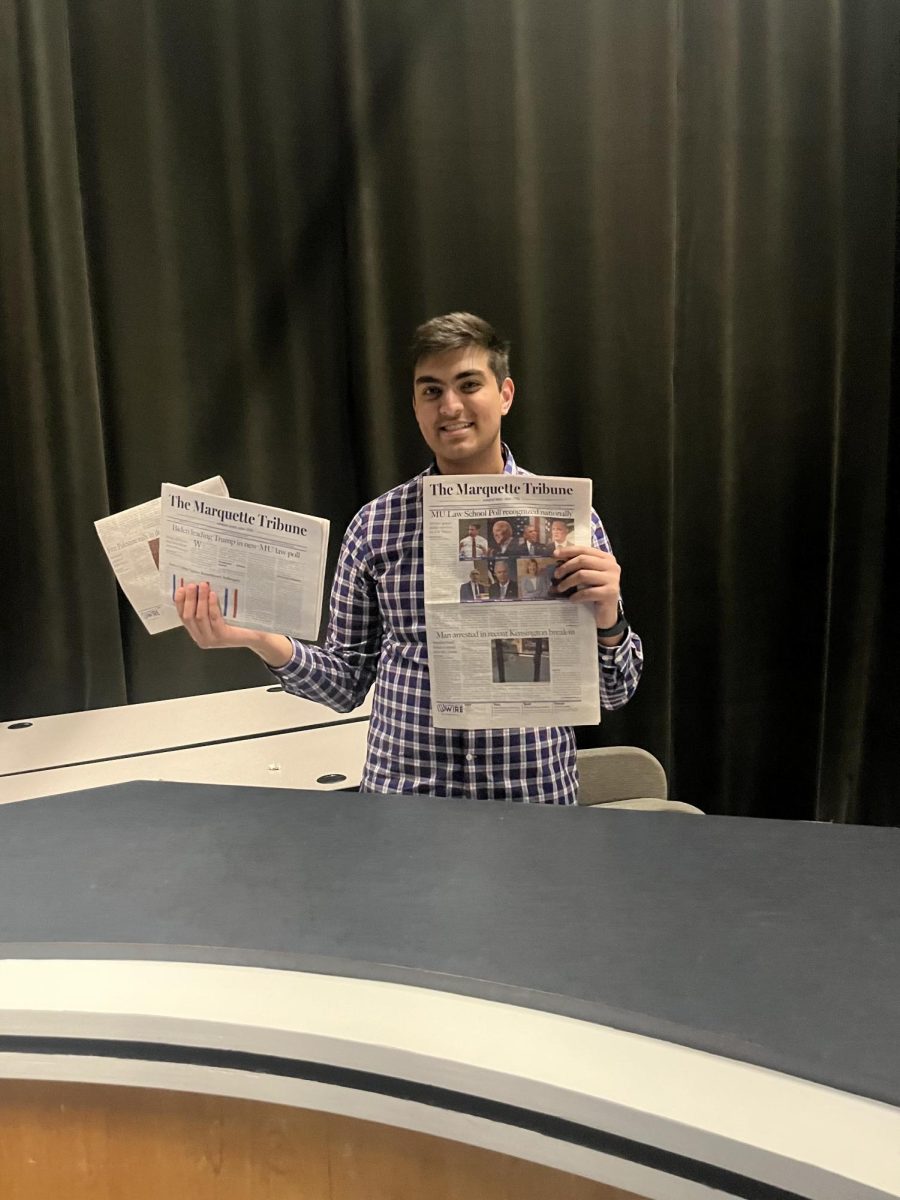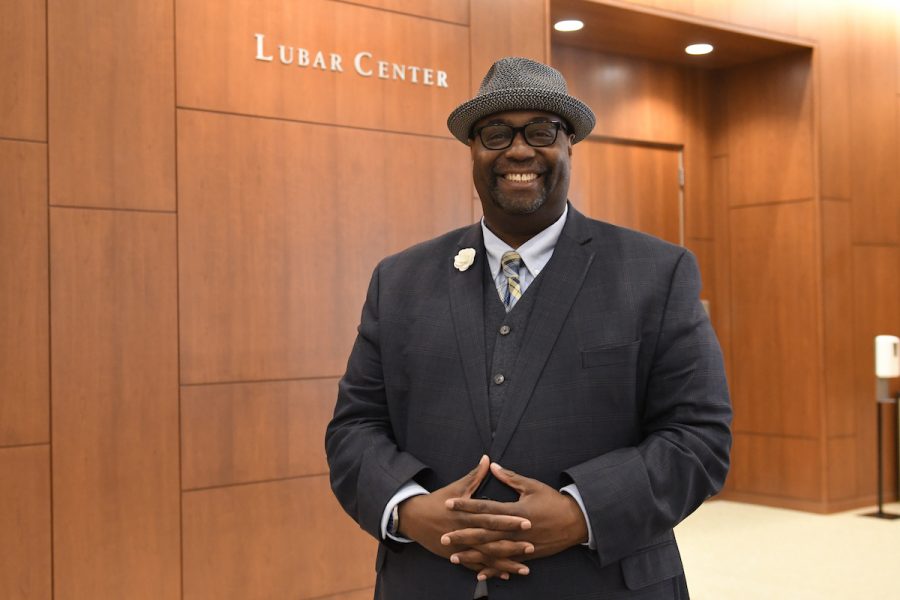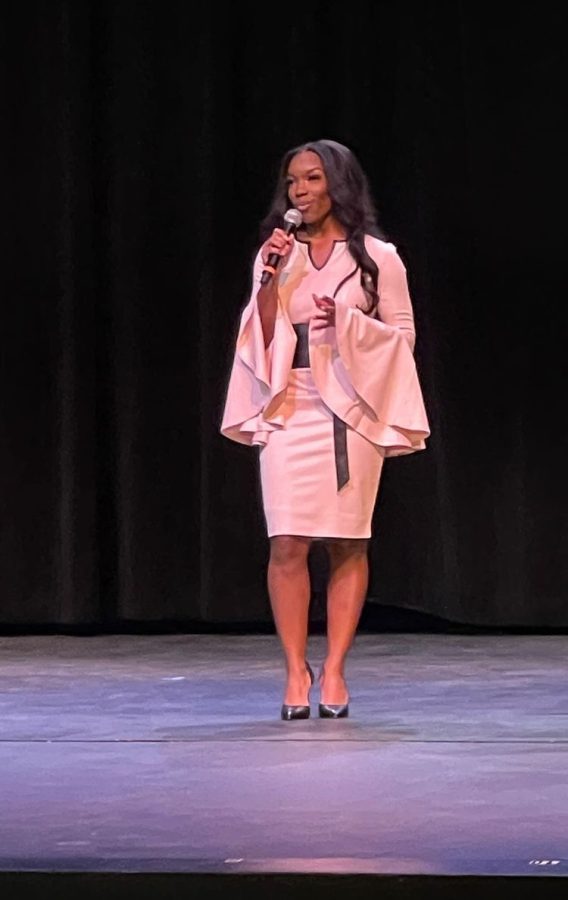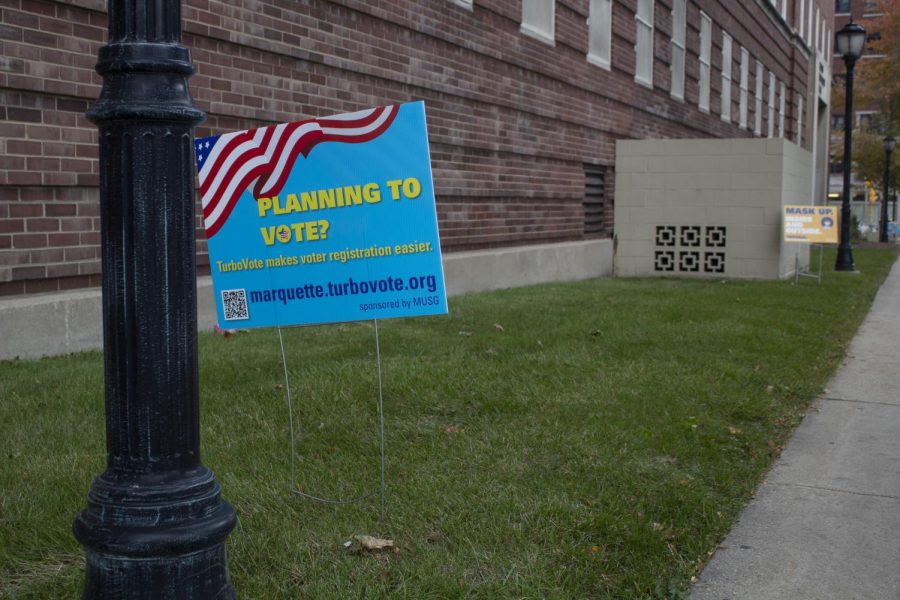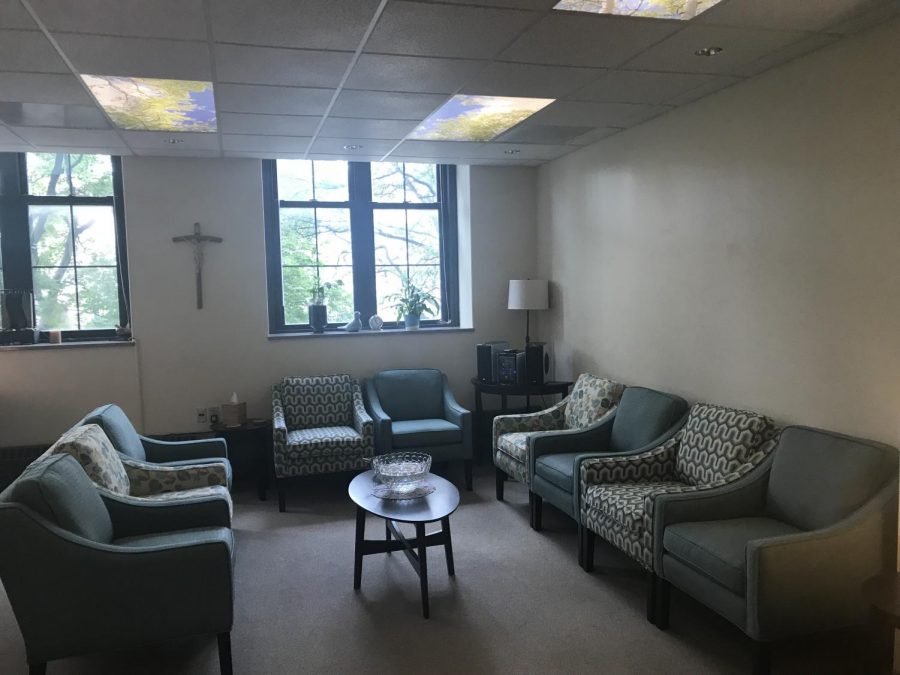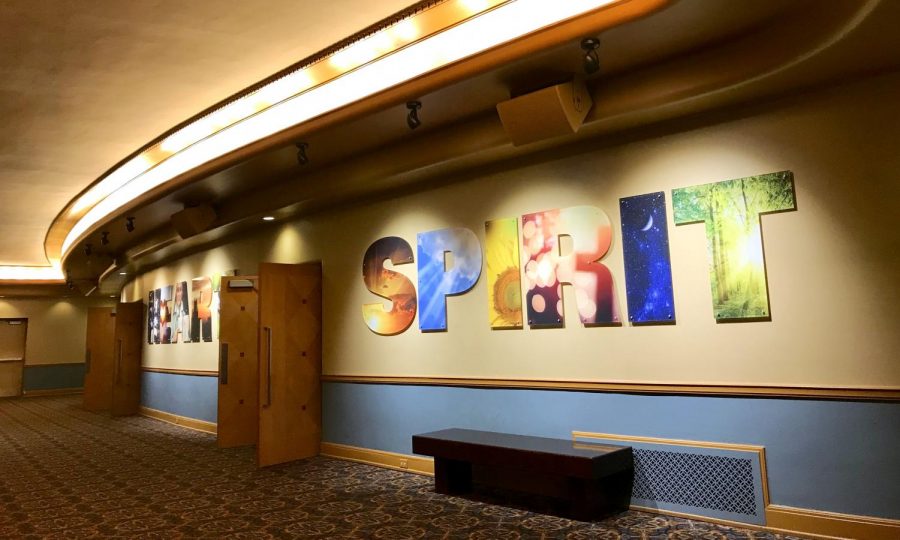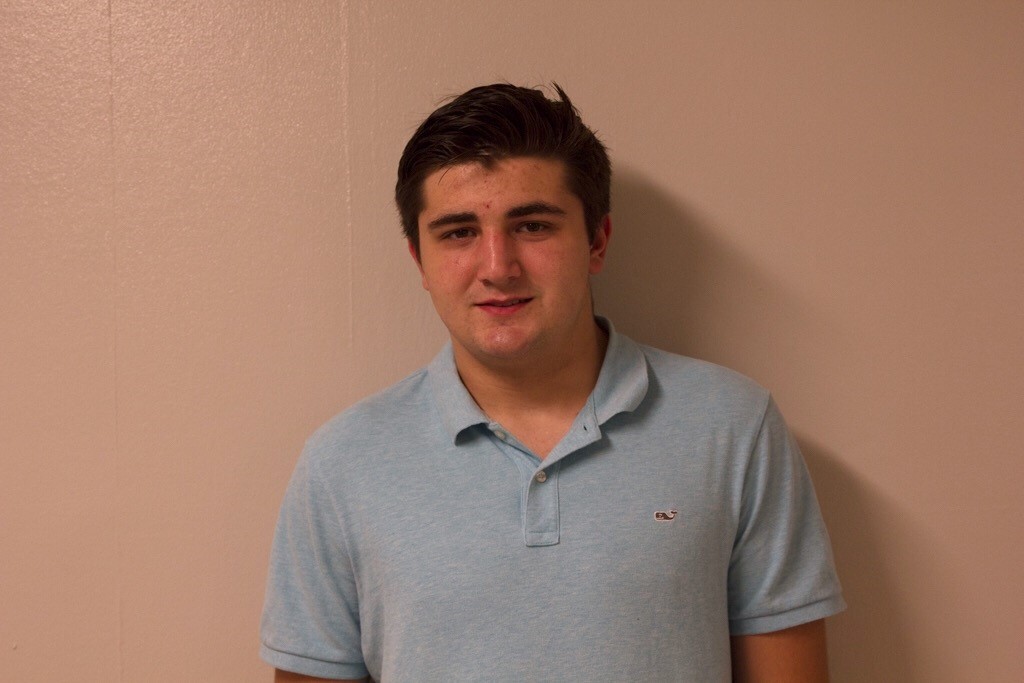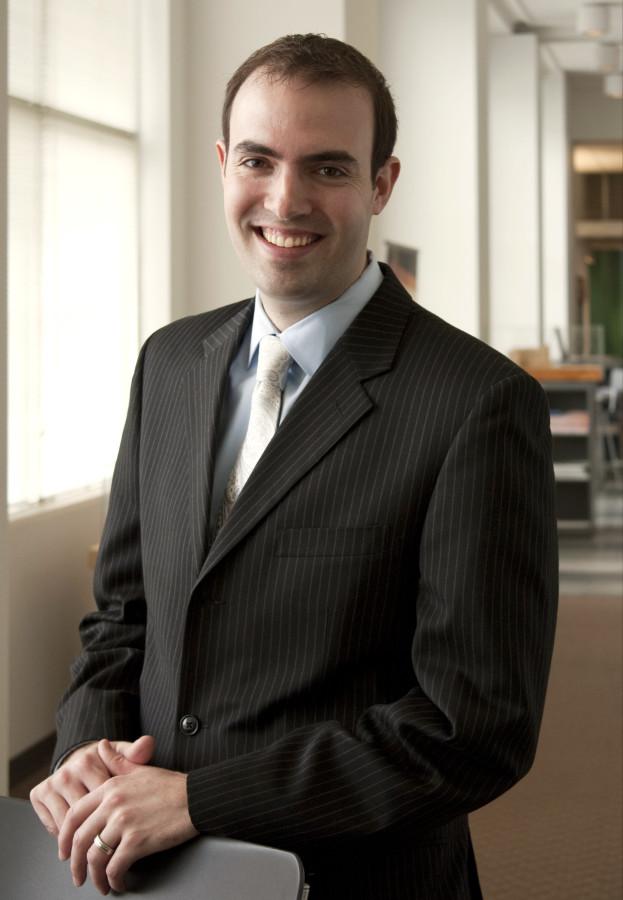 Sensenbrenner Hall, Marquette’s former law school building, will be renovated and turned into College of Arts & Sciences academic office space. The decision was made last fall, and design work has already begun on the project, which is estimated to be completed by fall 2014.
Sensenbrenner Hall, Marquette’s former law school building, will be renovated and turned into College of Arts & Sciences academic office space. The decision was made last fall, and design work has already begun on the project, which is estimated to be completed by fall 2014.
The project, funded by the refinancing of low-interest long-term bonds in fall 2012, will cost approximately $30 million. Marquette Architect Thomas Ganey said this high price tag covers not only Sensenbrenner, but also other buildings in need of repair.
“We are currently doing design work on the renovation of Sensenbrenner Hall, Marquette Hall and Johnston Hall,” Ganey said. “We are still working to determine the final occupancies, but (Sensenbrenner) will be faculty offices, and we hope to improve the classrooms in Marquette Hall. We are repairing the structure in all three buildings.”
The project of renovating Sensenbrenner will be extensive. Marquette law professor Daniel Blinka said the building is in dire need of repair.
“I actually taught the very last class in that building,” Blinka said. “It’s a great building, but I don’t even know if the bathrooms work anymore.”
Blinka said Sensenbrenner won’t be opened for use as a study area until the renovations are completed because it would not be cost effective. The costs of heating and cooling such an old, flawed building are high.
Ganey agreed that Sensenbrenner needs more than structural repair.
“The mechanical and electrical systems, plumbing, restrooms, the air conditioning – all of that (needs to be repaired),” Ganey said.
The bulk of the project, however, comes from the need to demolish structurally flawed additions to Sensenbrenner. Originally built in 1924, the building received several updates in the 1960s, which are, according to Ganey, not as well-built as the original structure.
“At Sensenbrenner, we intend to demolish the old, round library that’s on the south end of the building and restore the original 1924 building,” said Ganey. “We are going to retain the big former library reading room on the third floor. There’s about a floor and a half that was the reading room originally in the 1920s, and we will retain that room as an event space of some kind.”
Sensenbrenner is in considerable disrepair, as it has been standing vacant since the opening of Eckstein Hall in the fall of 2010. Debris can be found in considerable amounts throughout the building, and carpets and ceilings need repair. The foundation of the building, however, is sound.
“The (main) staircase and the reading room are all original to the 1924 building,” said Charlie Haas, a university project architect. “Those will be restored.”
The reading room is spacious and complete with a large fireplace. When asked if the fireplace would still be used, Haas replied, “Probably just for decoration.”
The destruction of the round library on the south side of the building will leave a considerable hole, which will be used to add a south entrance, staircase and elevator.
Fortunately, Ganey said, the university is able to move quickly on Sensenbrenner due to its lack of occupancy. Renovations in Johnston and Marquette Halls, both at least partially occupied, will not be finished until 2015.
The Sensenbrenner project needs to be finished as quickly as possible according to Ganey, because there is an overcrowding issue in regard to academic office space.
“On campus we have many areas where we have people doubled up in offices,” Ganey said. “It’s time to give them more collaborative space.”
Ganey said he also hopes that students will find a pleasant study environment in the finished building.
“We’d like to have space, student space, near faculty offices, like we’ve done in the newer buildings,” said Ganey. “If you go to Engineering Hall, there’s student study space down the hall from faculty offices. We’re trying to do more of that where we can on campus.”
Students partial to quiet study spaces in Eckstein or Engineering Hall will find a new space in the renovated Sensenbrenner.
“It’s better to have a lot of quiet places on campus to study,” said Sarah Huber, a freshman in the College of Arts & Sciences. “The library tends to get very crowded, especially during exam week. It can get really frustrating to try and study there.”



